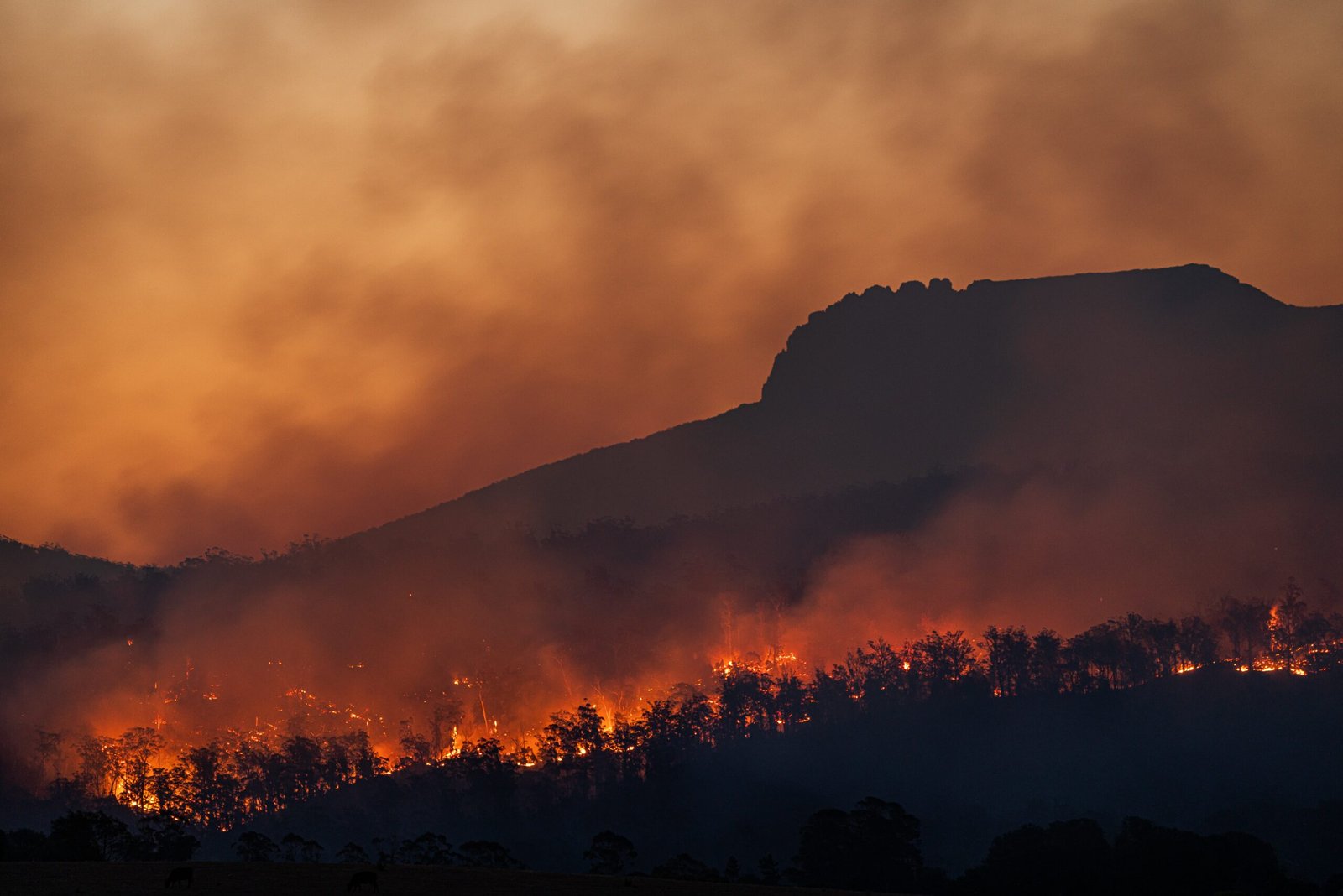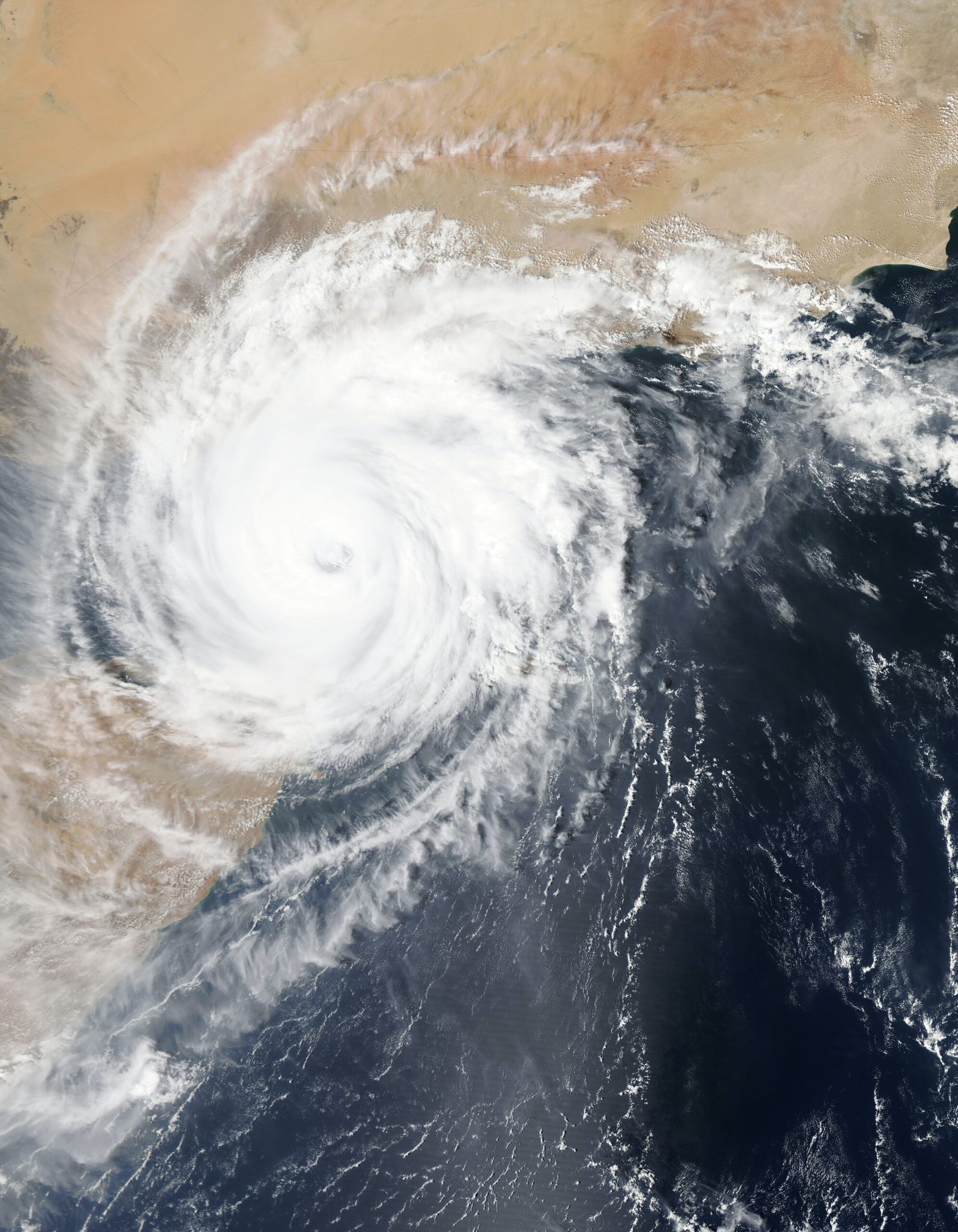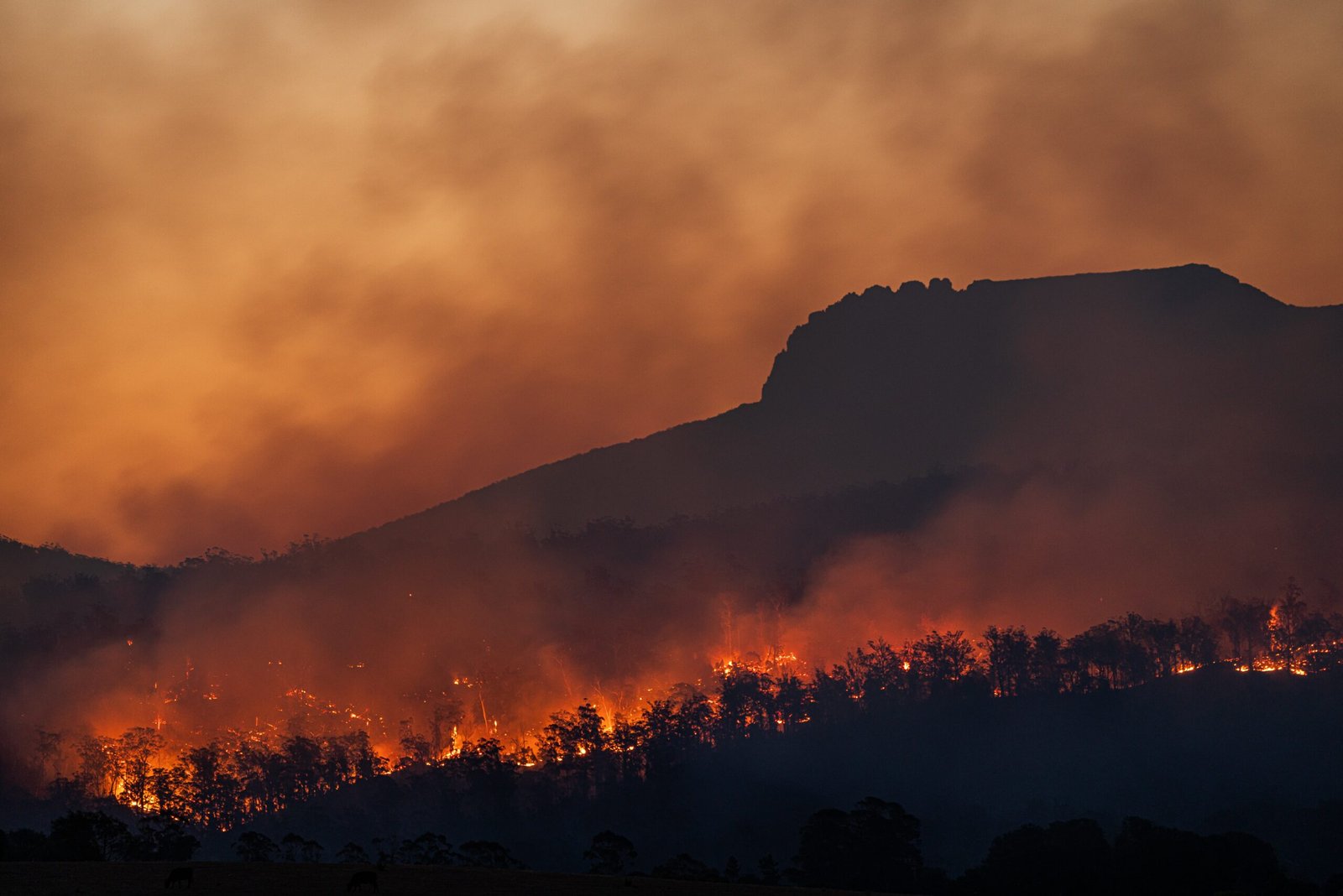Introduction
Imagine waking up to a sudden power outage, a severe storm, or a natural disaster. In times of crisis, having an emergency preparedness kit can make all the difference. Being well-equipped with essential supplies can help you and your loved ones stay safe and comfortable until help arrives. In this blog post, we will explore the top 10 ways to build an effective emergency preparedness kit that will keep you ready for any situation.
1. Assess Your Needs
Before assembling your emergency kit, it’s important to assess your specific needs. Consider the climate, geographical location, and potential risks in your area. For example, if you live in an earthquake-prone region, you may need to prioritize items like a sturdy tent, blankets, and a first aid kit.
2. Water, Water, Water
Water is the most essential item in any emergency kit. Aim to store at least one gallon of water per person per day for a minimum of three days. Don’t forget to include water purification tablets or a water filter in case clean water becomes scarce.
3. Stock Up on Non-Perishable Food
Include a variety of non-perishable food items that can sustain you and your family for at least three days. Canned goods, energy bars, dried fruits, and nuts are excellent choices. Remember to check expiration dates regularly and rotate your stock to keep it fresh.
4. First Aid Kit
A well-stocked first aid kit is vital in any emergency situation. Include essentials such as bandages, antiseptic wipes, pain relievers, prescription medications, and any necessary medical supplies specific to your family’s needs. Don’t forget to include a first aid manual to guide you in case of injuries.
5. Communication Tools
In times of crisis, communication is key. Include a battery-powered or hand-crank radio, spare batteries, a whistle, and a portable phone charger in your emergency kit. These tools will help you stay informed and connected with emergency services and loved ones.
6. Warmth and Shelter
Prepare for extreme weather conditions by including warm blankets, sleeping bags, extra clothing, and a sturdy tent or tarp. These items will provide comfort and protection in case you need to evacuate or find temporary shelter.
7. Essential Tools and Supplies
Don’t forget to include a basic toolkit, a multipurpose utility knife, duct tape, a flashlight, extra batteries, and a fire extinguisher. These tools will come in handy for repairs, cutting through debris, and providing light during power outages.
8. Personal Hygiene and Sanitation
Include personal hygiene items such as toilet paper, wet wipes, hand sanitizer, soap, and feminine hygiene products. Additionally, pack garbage bags, plastic ties, and disinfectant to maintain cleanliness and prevent the spread of germs.
9. Important Documents and Cash
Place copies of important documents such as identification cards, passports, insurance policies, and medical records in a waterproof container. It’s also wise to keep some cash on hand in case ATMs and credit card systems are unavailable during emergencies.
10. Entertainment and Comfort
During stressful situations, it’s essential to maintain a sense of normalcy. Include items like books, playing cards, puzzles, and comfort items such as a favorite stuffed animal or blanket for children. These items can provide much-needed distraction and comfort.
Conclusion
Building an emergency preparedness kit is a proactive step toward ensuring the safety and well-being of yourself and your loved ones during unexpected events. By following these top 10 ways to build your kit, you can have peace of mind knowing that you are prepared for any situation that may arise. Remember, emergencies can happen at any time, so don’t wait—start building your kit today!
Call to Action
Now that you know the importance of an emergency preparedness kit, take action and start building yours today. Share this valuable information with your friends and family, and encourage them to do the same. Together, we can create resilient communities ready to face any challenge that comes our way.
FAQs
Q: How often should I update my emergency kit?
A: It is recommended to review and update your emergency kit every six months to ensure that all items are in good condition and meet your current needs.
Q: Can I rely solely on my smartphone during emergencies?
A: While smartphones can be a valuable tool, they may not always be reliable during emergencies. Network outages and drained batteries can limit their usefulness. It’s important to have alternative communication tools.
Q: Should I store my emergency kit in one location?
A: It’s advisable to have multiple emergency kits strategically placed in different locations, such as your home, car, and workplace. This ensures that you have access to essential supplies, regardless of your location during an emergency.
Tips
– Regularly check and replace expired items in your emergency kit.
– Familiarize yourself with local emergency procedures and evacuation routes.
– Consider the unique needs of infants, elderly family members, and pets when building your kit.
– Practice using your emergency kit with your family to ensure everyone knows how to use the items effectively.









